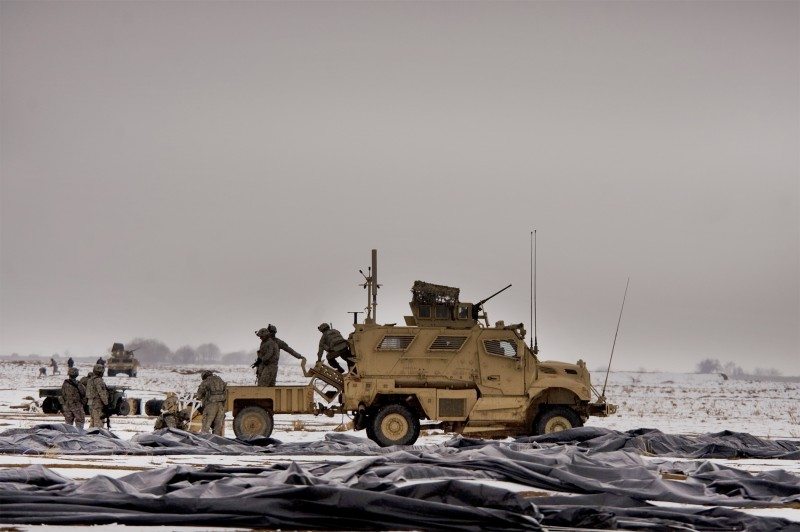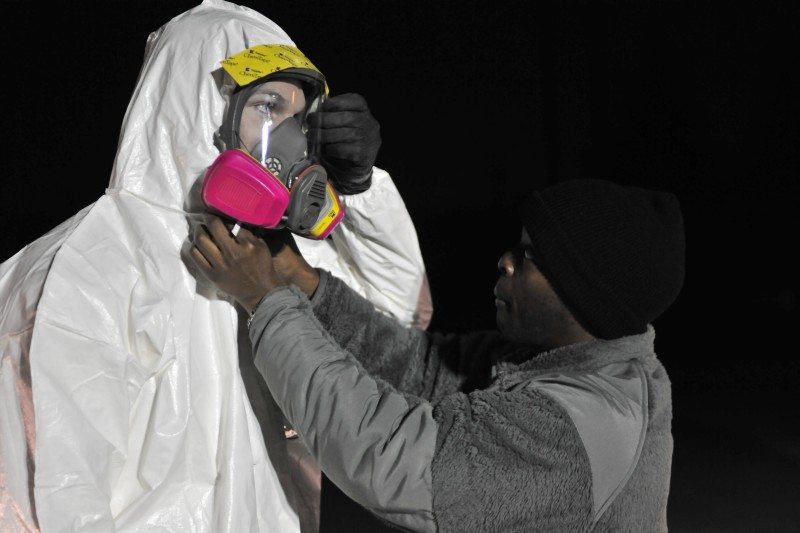The Afghan president will reveal Tuesday the first areas where local security forces will take over from NATO, kick-starting a transition designed to allow foreign troops to leave by the end of 2014.
Hamid Karzai’s announcement comes after battle-weary countries contributing to the NATO-led force agreed last year to begin putting the battlefield under his control, moving Western troops to a support role.
But with a major insurgency still raging, doubts remain over how ready the national security forces really are, with military leaders complaining of a lack of resources and some analysts citing corruption and low retention rates.
“As violence has increased, the Afghan National Security Forces have proven a poor match for the Taliban,” the International Crisis Group, a respected think-tank, said in a recent report.
“Afghanistan still lacks a cohesive national security strategy and the Afghan military and police remain dangerously fragmented and highly politicized.”
Most of the provinces and cities to be placed under Afghan security control in the first phase this July will be well away from the fiercest fighting in the south of the country, according to a draft government report seen by AFP.
They include Bamiyan province in the center, Panjshir province in the northeast and parts of the eastern provinces of Kabul and Laghman, as well as the cities of Mazar-i-Sharif in the north and Herat in the west.
But the report also recommends that Lashkar Gah, the capital of the volatile southern province of Helmand, should be among the first cities to be handed over in the summer.
Security in Helmand has improved substantially since the United States deployed an extra 30,000 troops in Afghanistan last year, mostly in the south, but experts say it remains fragile.
US President Barack Obama has said he wants American troops to begin leaving Afghanistan in July, amid waning domestic support for the war.
Last year was the deadliest by far for international troops since the conflict began in 2001, with more than 700 fatalities reported in the conflict.
Afghanistan’s security forces, which comprise 118,000 police officers and a 159,500-strong military, are also under increasing attack.
Earlier this month, 36 people died in a suicide blast at an army recruitment center in Kunduz province, the second attack on the centre in three months.
Alliance officials have stressed that the transition will be gradual and dependent on conditions on the ground, and only a small number of American soldiers are expected to leave Afghanistan this summer.
NATO Secretary General Anders Fogh Rasmussen said this month that while the gradual “thinning out” of international forces in particular provinces would accelerate, “redeployment and reinvestment… remains a NATO responsibility.”











